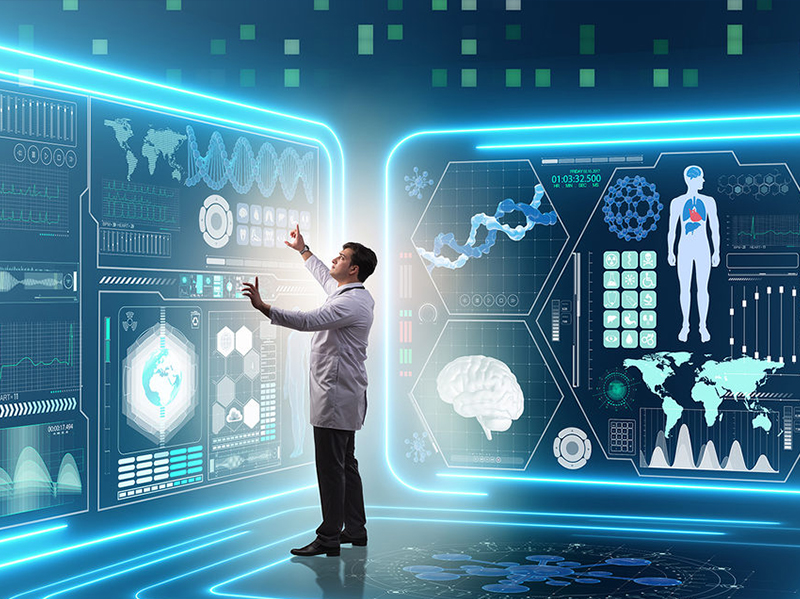The Evolution Of Technology In Education
The Impact of Computers in Education
The advent of computers represented a seismic shift in educational technology. Initially employed for basic tasks such as word processing and data management, computers swiftly evolved into indispensable tools for interactive learning. The introduction of educational software and simulations allowed students to engage with complex concepts in dynamic new ways, promoting deeper understanding and fostering critical thinking skills. This marked a departure from traditional chalk-and-talk methods towards more immersive, interactive learning experiences.
The Rise of Online Learning Platforms
In recent years, the proliferation of online learning platforms has revolutionized the educational landscape. These platforms offer unparalleled flexibility and accessibility, catering to diverse learning styles and preferences. Students now have the freedom to learn at their own pace, from virtually any location, thereby breaking down geographical barriers and expanding educational opportunities globally. Courses ranging from academic subjects to vocational skills are readily available, empowering learners to tailor their educational journeys according to their individual needs.
However, the transition to online learning is not without its challenges. It requires students to cultivate self-discipline and motivation to thrive in virtual environments where physical interaction with peers and instructors may be limited. Educators, in turn, must adapt their teaching strategies to effectively engage students and ensure meaningful learning outcomes in these digital spaces.
Looking Ahead: Future Trends in Educational Technology
The rapid evolution of educational technology suggests an exciting future characterized by continued innovation and adaptation. Predicting future trends is a formidable task given the relentless pace of technological advancement. However, collaborations between educators, innovators, and policymakers are poised to shape the next generation of educational tools and practices. Emerging technologies such as artificial intelligence, augmented reality, and adaptive learning systems hold immense promise for further transforming how educators teach and students learn. These technologies have the potential to personalize learning experiences, identify individual learning gaps, and optimize educational outcomes on a scale previously unimaginable.
The Intersection of Science, Technology, and Education
The relationship between technology and education has deep historical roots, evolving alongside the progression of scientific knowledge and industrial development. In the 19th and 20th centuries, the integration of theoretical instruction and practical application became instrumental in bridging gaps between scientific principles and real-world applications. This convergence not only spurred innovation but also fostered competence across industrial and commercial sectors globally, laying the groundwork for a knowledge-based economy.
As technology continues to advance, so too will the educational landscape. Educators who embrace technological advancements and integrate them into their teaching practices will undoubtedly play a crucial role in preparing students for the challenges and opportunities of tomorrow’s world. Whether in traditional classrooms or virtual environments, the demand for skilled educators who can adeptly navigate technology-enhanced learning environments will only grow. By remaining informed, adaptable, and innovative, educators can harness the power of technology to create engaging, effective, and inclusive learning experiences that empower learners to thrive in a rapidly evolving global society.


